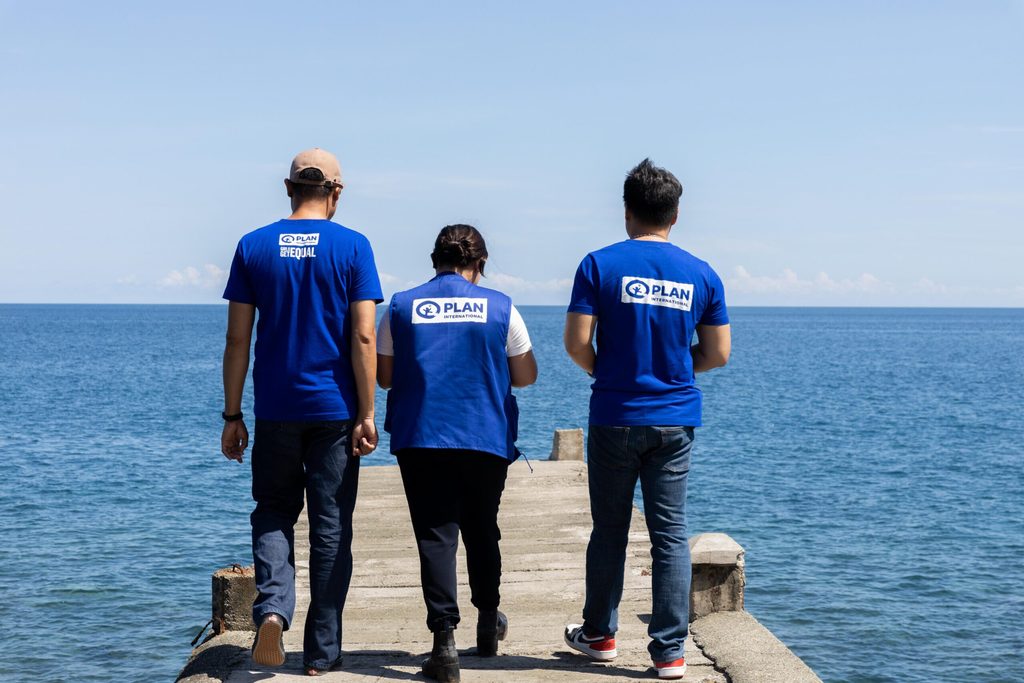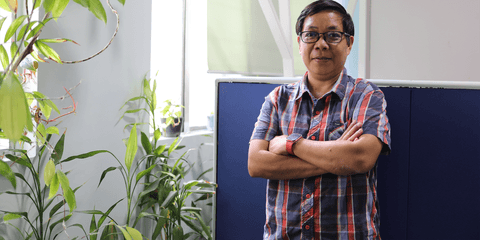Plan International Philippines has deployed teams to assist communities badly hit by Severe Tropical Storm Nalgae (locally named Paeng) and the combined effects of the month-long low-pressure area, Northeast Monsoon, and shear line in Visayas and Mindanao.

On October 29, 2022, Severe Tropical Storm Nalgae (Paeng) brought heavy rains and strong winds to the Philippines, affecting hundreds of thousands of people across the country. Among those severely hit are Eastern Visayas and the Bangsamoro Autonomous Region in Muslim Mindanao (BARMM).
According to the National Disaster Risk Reduction and Management Council, the highest number of casualties (68 individuals) were from BARMM, mostly due to landslide and flooding.
Shortly after Severe Tropical Storm Paeng, the Philippine Atmospheric, Geophysical and Astronomical Services Administration released warnings of heavy rains affecting Eastern Visayas. Heavy to torrential rains battered the region from 24 December, 2022 to mid-January 2023, resulting in massive flooding and landslides in Samar, Eastern Samar, and Northern Samar provinces.
Girls most vulnerable during emergencies
“Communities were submerged in flood for several days and thousands of people were displaced. Aside from lack of food and clean water, families are even more exposed to health risks because of this. Children, especially young girls, are the most vulnerable during emergencies,” says Plan International Philippines Country Programme Manager for Emergency Preparedness and Response, Telesforo Laplana.
Since 11 January, Gandara, Samar has been placed under a state of calamity due to incessant rainfall and severe flooding. According to the Samar Provincial Disaster Risk Reduction Management Office, 4,288 families were affected after the Gandara River overflowed.
Children, especially young girls, are the most vulnerable during emergencies.
Telesforo Laplana, Plan International Philippines Country Programme Manager for Emergency Preparedness and Response
Eastern and Northern Samar followed suit and declared states of calamity on 13 and 16 January. In Eastern Samar, around 72,000 families were affected by non-stop heavy rains and flooding. While in Nothern Samar, 55,789 families were affected by flood and landslide, and a majority of them are from Catubig, Las Navas, Catarman, Laoang, Mondragon, and Lope de Vega.
Roughly 3 months after Severe Tropical Storm Paeng, the province of Maguindanao is slowly recovering. However, they still need support as the affected population moves forward from the devastation and loss of loved ones and livelihoods. Because schools were either damaged or turned into evacuation centres, there is also a need to replace school supplies for both students and teachers.
Plan International’s response
“Plan International Philippines is responding to the immediate and basic needs of affected families in Visayas and Mindanao. We are closely coordinating with key partners to fast-track the distribution of cash assistance, rice, and non-food items,” adds Laplana.
Plan International is facilitating the distribution of multipurpose cash assistance to affected families in Oras, Eastern Samar (1,033 families), Gandara, Samar (416 families) and in the municipalities of Las Navas and Catubig, Northern Samar (1,665 families).
As part of the Severe Tropical Storm Paeng Emergency Response, Plan International Philippines is distributing cash, food (rice) and non-food items such as water kits, menstrual hygiene management kits, protection kits, back-to-school learning kits, and teachers’ kits in Upi, Datu Odin Sinsuat and Datu Blah Sinsuat in Maguindanao.
The team also conducted psychosocial first aid training for community volunteers to help establish positive mental health practices in children, adolescents and adults, and create a safe space for everyone to openly express feelings and thoughts, especially after a disaster or crisis.
The emergency response is supported by Plan International’s Global Hub and Asia-Pacific Hub, Canadian Humanitarian Assistance Fund through the Humanitarian Coalition, and Prudence Foundation through the support of Plan International Hong Kong.
Media Contact:
Malaya Montesur
Communications Specialist, Plan International Philippines


